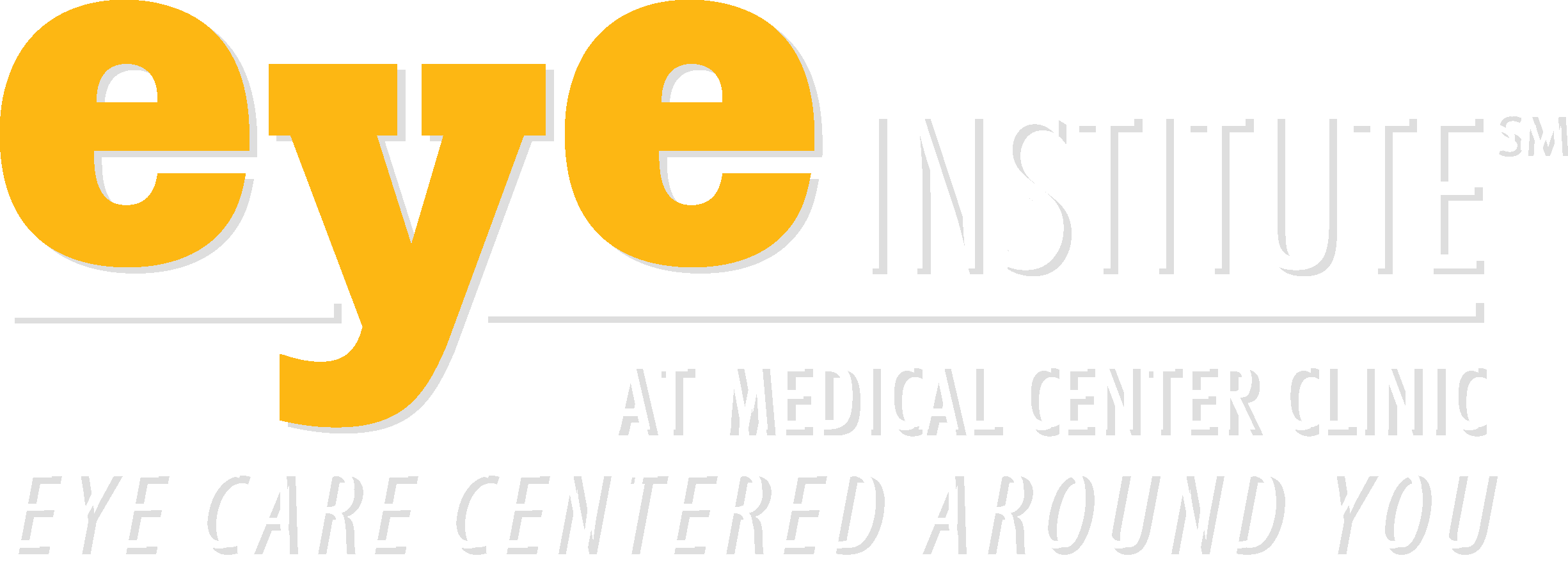Strabismus

An eye patch is sometimes used to stimulate a “lazy” eye.
Strabismus is a condition in which the eyes point in different directions. Types of strabismus include crossed eyes (esotropia), out-turned eyes (exotropia), or vertical misalignment (hyper or hypotropia). Turning of the eye may be constant or may show up only some of the time. Strabismus should be evaluated and treated.
Symptoms of strabismus
- Double vision
- Eyes that look in different directions
- Head tilt or turn
Causes of strabismus
Strabismus is caused by a lack of coordination between the eyes. In children, the cause of strabismus is not known, although the condition runs in families and occurs more commonly in children with neurological problems.
In adults, causes of strabismus include injury to an eye muscle or the nerves controlling those muscles; head trauma; conditions such as diabetes or high blood pressure; loss of vision; an eye or brain tumor; Graves’ disease, stroke or other muscle and nerve disorders.
Treating strabismus
Children with strabismus must be identified and treated at a young age in order to prevent permanent vision problems. In children, when the two eyes fail to focus on the same image, the brain may learn to ignore the input from one eye. If this is allowed to continue, the eye that the brain ignores will never see well. Children do not grow out of strabismus.
Treatment options depend upon the type of strabismus and may include glasses, patching one eye, prism lenses and/or surgery.
Photo courtesy of National Eye Institute, National Institutes of Health


